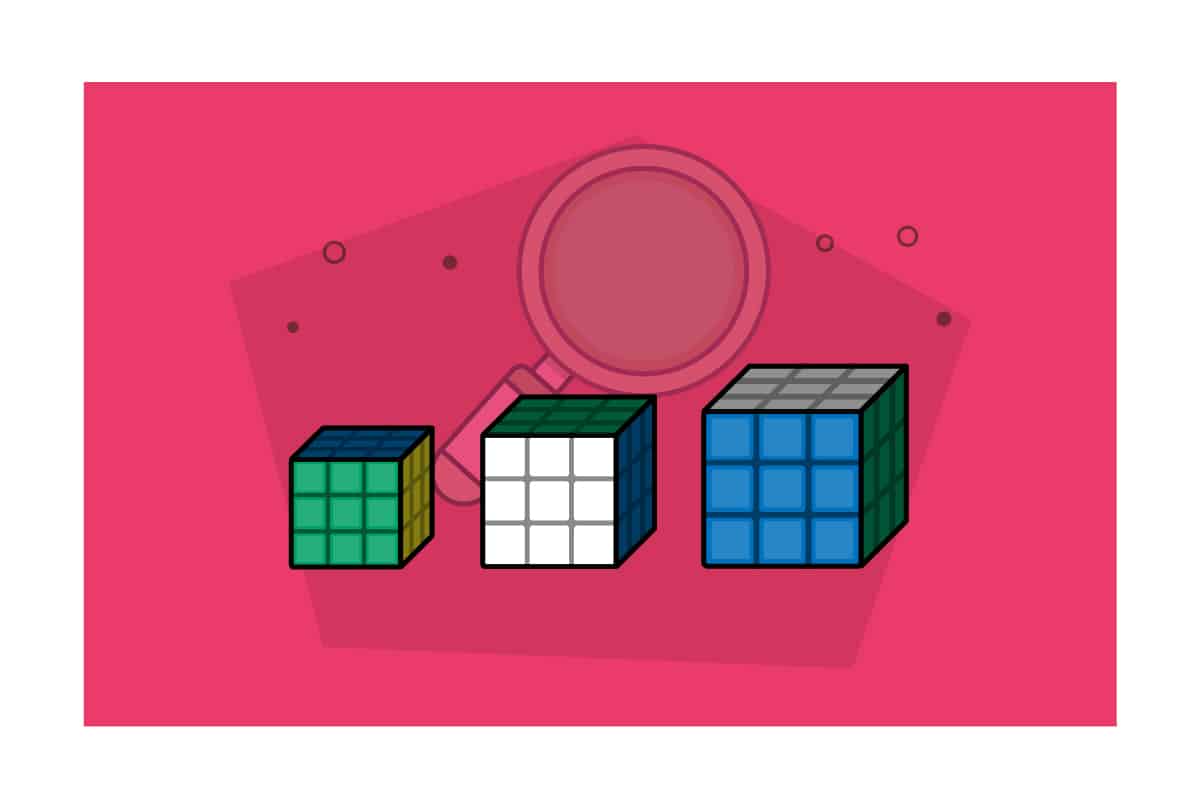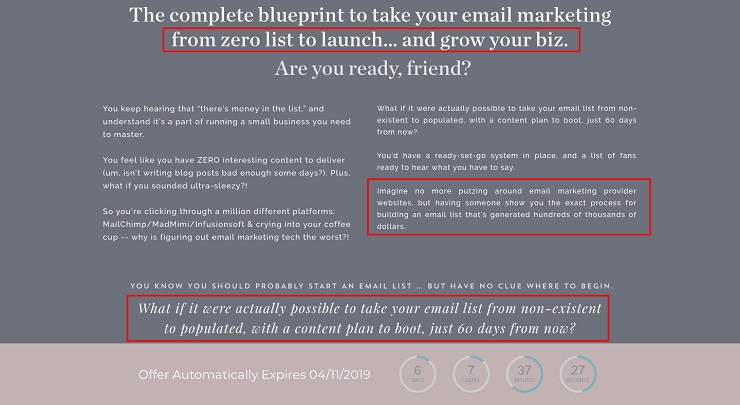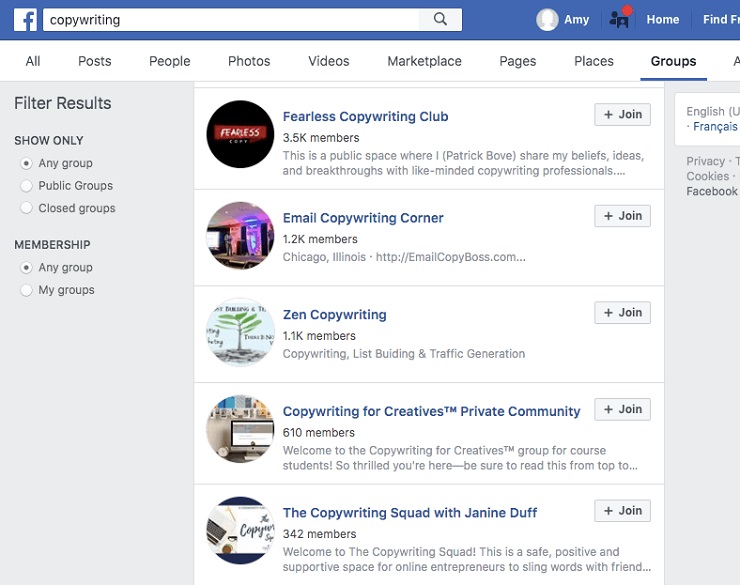As a consultant, would you rather make $2,000 per project or $20,000? Would you rather bring in $60,000 per year or $120,000?
No matter where you are in your consulting business, you’re probably interested in how you can make more. That’s why we’re thrilled to have King Kong founder Sabri Suby breaking down the steps to earning more as a consultant in a brand new Foundr video.
Sabri started as a freelancer with just a laptop, making cold calls from his bedroom. Now, he’s scaled his digital marketing agency to $10 million in annual revenue.
Watch his wisdom-filled video on how to make more money as a consultant. Then, we’ll analyze each aspect of his advice in detail below.
All right, ready? Let’s dive in!
EXCLUSIVE FREE TRAINING: Successful Founders Teach You How to Start and Grow an Online Business
Reframe the Issue: It’s Not About You
Many consultants get stuck in the mindset of wondering how they can make more money, when in reality, they need to be thinking about how they can better serve their clients.
“The first thing that you really need to recognize is that you get paid for solving problems,” Suby says.
That means if you’re not making enough money, you need to solve bigger problems. How do you do that? Suby recommends asking yourself, “What is the problem that this client is experiencing?” But don’t stop there. Take it a step further and ask, “What other problems do they have that they may not be aware of?”
Clients will often come to you thinking they need your help with a particular problem. But as an expert, you may be able to see other problems or a larger issue that they’ve completely overlooked.
For example, if you’re a digital marketing consultant, a client may come to you saying that they need help with Facebook ads. Maybe they tell you that their Facebook ads are performing poorly; the click-through rates are low and the CPMs are high. But as you listen to them describe the problem, and as you ask more questions, you may discover that the reason they’re running Facebook ads in the first place is that they’re trying to get more clients. You may also find out that the clients they are getting from the ads are very low-quality. You’ve just found their million-dollar problem!
Instead of focusing on the Facebook ads alone, which won’t get your client much closer to their ultimate goal (landing high-quality, dream clients), you could suggest improving the Facebook ads and landing pages and sales funnels. The client is going to need all three elements to be absolutely stellar in order to experience the real transformation they want—to be working with amazing, top-tier clients.
As Suby explains in the video, it’s not just about helping them get that traffic; it’s also about showing them how to convert that traffic into leads and those leads into sales. That’s not something that you can achieve if you merely help them with Facebook ads.
Think of physicians. A patient comes to them with an ailment, but the ailment isn’t always what they think it is. That’s why they go to the doctor for an expert opinion. A patient may come in thinking their cough is caused by a cold and ask for antibiotics, but it may turn out that they actually have asthma and need an inhaler. Plus, antibiotics won’t work on a cold anyway! It’s up to the doctor to ask questions, assess, and prescribe what the patient actually needs.
So remember that in any client conversation, as the consultant or freelancer, you should feel comfortable suggesting solutions to your clients, even if that’s not what they thought they were looking for. In the end, they’ll be much happier with the outcome, because you’ll have solved the biggest problem they have.
“You might get caught up with the triviality of providing a service rather than solving a problem,” Suby says. “And that’s ultimately what I want you to stop doing.”
Use Value-Based Pricing
Instead of charging hourly, which Suby discourages, once you understand how much a problem is worth to a client, you can charge based on value. His preferred pricing strategy is to charge 10% of the value to the client. So if the client has a $10,000 problem, charge $1,000 to solve it.
In the example of the client who wants help with Facebook ads, maybe you ask them some questions and discover that the typical contract they sign with a client is worth $100,000. If they could get 10 clients at that rate, they’d make $1 million.
“They may have come to you to manage their Facebook ads for $2,000 a month,” Suby explains, “when in reality they’re experiencing a million-dollar problem in their business.”
Because of this, instead of charging $2,000, since this is a $1 million problem, you can charge $50,000 to $100,000 to solve it.
“Immediately, that takes you from just earning $500 a week, or two grand, to potentially earning $100,000,” says Suby, “because you’ve zoomed out and looked at the bigger picture, and you’re looking at really solving a much bigger problem.”
Focus on Transformation
In the video, Suby touches on a concept that copywriters know (and use) well: transformation. Because as we learned in the previous section, it’s never really about the external problem the client is bringing to you (e.g., poorly performing Facebook ads), but about the bigger transformation they hope to experience (e.g., working with dream clients and making a million dollars).
“The only way to earn more money as a consultant is to provide more value,” Suby says. “And the only way that you can provide more value is really by solving bigger problems for people, that are more painful, that have bigger impact, and bigger ramifications if you can help somebody go through that transformation and solve that problem.”
So ask yourself, “Where is my dream prospect right now?” and “Where is it that they ultimately want to go?”
Suby gives another example to demonstrate this: Someone might tell you that they just want to lose a few pounds to fit into their old jeans, but what do they really want? The confidence that would give them, or the energy and vitality to jump out of bed each morning with enthusiasm.
“If you could do that for somebody, would that be worth more than writing them a $150 diet plan?” Suby says. “I’m sure it would be.”
The reason they would pay more is because that’s the desired end state for them. That’s the true transformation they want to undergo. It’s not about losing weight for the sake of losing weight; it’s about feeling confident and having energy. If you can dig deeper into the details of that for each client and get them to imagine their ideal life after having worked with you, they will absolutely pay you the big bucks to solve that problem for them (of course, you should be able to solve that problem for them).
Why do you think so many sales pages have phrases that begin with “What if…” and “Imagine…” and “How would you like…”? It’s because copywriters are trained in the art and science of persuasion. As a prospect reads the sales copy, copywriters want them to start picturing what their life would be like if they purchased the product or service. It’s highly effective, and it’s a strategy you can employ in your consulting work.
Here’s an example from Jenna Kutcher’s The List to Launch Lab. She could’ve just said, “Get an online course that helps you grow your list.” But that’s so…meh. Instead, she paints a picture of what the buyer’s life could be like “just 60 days from now.” She helps the reader imagine their life in two months with a growing business and a thriving email list.
People pay for transformation. How will you help them achieve it?
Build In-Demand Skills
That’s all well and good, but what if you feel like you don’t have what it takes to solve your client’s biggest problem? It’s a commonly held belief that you can’t become a consultant until you get enough experience. As Suby explains in a separate video, you don’t need experience. What you do need, though, are skills.
Maybe you’ve found that what you’re offering just isn’t at a level that can command high prices. In that case, you might want to look at attaining more profitable skills. For example, as a freelance writer, I know that copywriting rates are typically higher than lifestyle journalism rates. When you view that fact in light of what Suby teaches in the video, it makes sense: Copywriting helps businesses increase conversions and make more money. Lifestyle journalism, such as travel and food stories, may help a consumer plan a trip or may merely entertain them, but rarely is it going to help them solve a problem as big as, “How can I increase my business’s bottom line?” Honing my copywriting skills, therefore, can be a profitable investment.
Which skills are worth the big bucks? Suby always recommends starting with what you’re passionate about. But if you’re wondering which skills are in demand right now, according to research from LinkedIn, the most in-demand hard skills for 2019 include:
- Cloud Computing
- Artificial Intelligence
- Analytical Reasoning
- People Management
- UX Design
- Mobile Application Development
- Video Production
- Sales Leadership
- Translation
- Audio Production
- Natural Language Processing
- Scientific Computing
- Game Development
- Social Media Marketing
- Animation
- Business Analysis
- Journalism
- Digital Marketing
- Industrial Design
- Competitive Strategies
To gain the skills that people are willing to pay for, consider the following:
- Read books. This can be the least expensive way to obtain an education. In fact, if you get a library card, it’s completely free! If you’re interested in direct response marketing, two of Suby’s favorite books are Breakthrough Advertising and The Robert Collier Letter Book.
- Take courses. The internet is filled with online courses, so be sure you select ones that are high-quality. Check to see if the teacher is someone who’s actually received the results they claim you can achieve from taking their course.
- Find a mentor. Back in the day, an apprenticeship was a common way for a young, aspiring professional to learn a trade from a master. See if you can find a mentor—someone who has achieved what you want to achieve—and ask them questions and maybe even shadow them. See if they’ll teach you the ropes, while in exchange, you help them with their business.
- Join a mastermind. Entrepreneur Jim Rohn is attributed with saying, “You are the average of the five people you spend the most time with.” If that statement is true, then surrounding yourself with other successful consultants is crucial if you want to make more money. Joining a mastermind is a way to find like-minded, ambitious professionals you can learn from and who can hold you accountable. You can even find free groups. I’ve joined quite a few business masterminds simply by searching for my industry in the Facebook Groups search:
While you build those new skills, should you work for free? Suby doesn’t think you necessarily have to go that route. “When money is exchanged, that’s when something becomes a reality,” he says. But if you do feel like you want to work for free to gain some experience that you can show to future prospects, do it for a limited time, be sure to document your processes and results, and then make sure to get testimonials. These can be used as great leverage when negotiating paid engagements down the line.
It’s Not About the Money
Wait, what? We’ve just spent an entire blog post talking about how to make more money as a consultant, and now we’re telling you it’s not about the money? Yep.
As mentioned earlier, Suby’s a big fan of consultants pursuing their passions and helping their clients. While yes, solving bigger problems, using value-based pricing, focusing on transformation, and building in-demand skills will all help you make more money as a consultant, at the end of the day, it’s about serving your clients.
“I urge you not to be motivated purely by the money,” Suby says. “You want to flip that conversation around, and you want to think, ‘What is a bigger problem that I can solve, and how can I provide more value and a bigger transformation for my client?’ And if you do that, the money will come.”
EXCLUSIVE FREE TRAINING: Successful Founders Teach You How to Start and Grow an Online Business




















